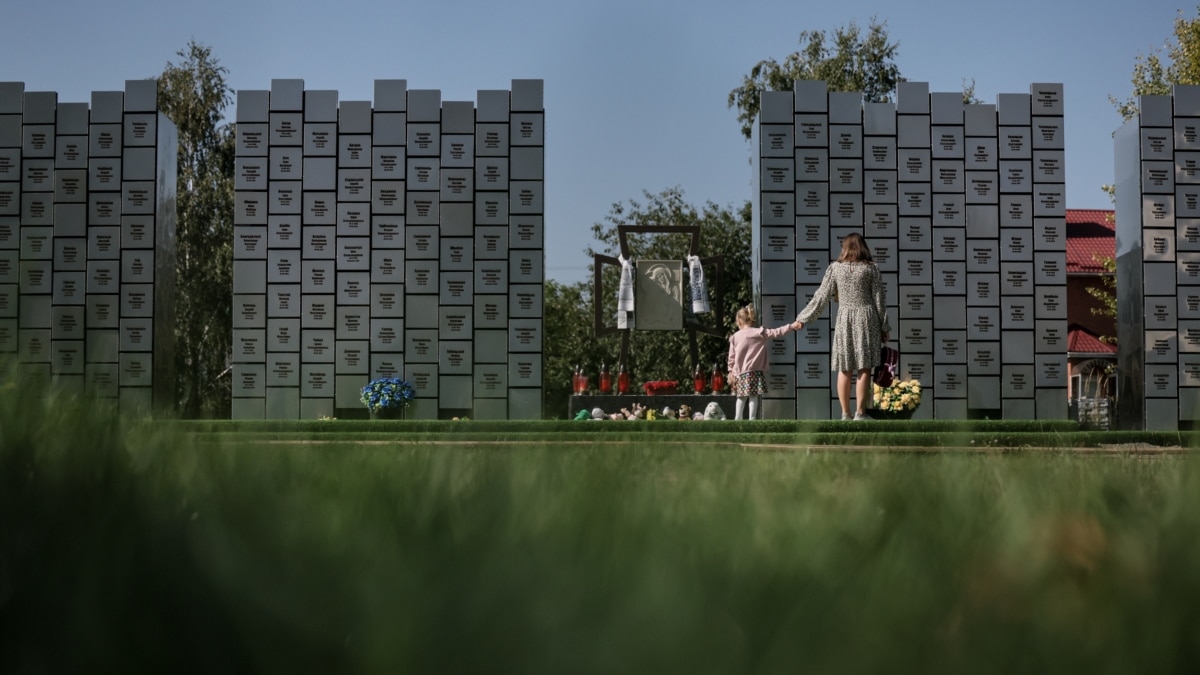
After weeks of bloody clashes and a blockade of Nagorno-Karabakh, Azerbaijan on September 19 said it had launched an “anti-terrorist operation,” a major escalation in hostilities with Armenia as the breakaway region already teeters on the brink of a humanitarian crisis after being blockaded for more than eight months.
The shelling started shortly after Baku accused what it called “Armenian sabotage groups” for the two separate explosions that killed four military personnel and two civilians in areas of Nagorno-Karabakh that are under the control of Russian peacekeepers.
Ethnic Armenians inside Nagorno-Karabakh quickly took to social media with posts of video and accounts saying the de facto capital, Stepanakert, was under bombardment. There were no immediate details on damage or casualties.
WATCH: Air-raid sirens are heard in Stepanakert, Nagorno-Karabakh’s main city
Azerbaijan’s Defense Ministry said in a statement that “only legitimate military targets are being destroyed,” while the Foreign Ministry said the only way for peace in the region was the complete withdrawal of Armenian forces in the region.
Armenia’s Defense Ministry, however, disputed Baku’s statement, saying the country had no forces in Nagorno-Karabakh. Yerevan also said that border areas between Armenia and Azerbaijan were “stable.”
Armenian opposition lawmaker Tigran Abrahamian wrote on Facebook that Azerbaijan had “falsely accused” Nagorno-Karabakh of terrorism by shelling military targets in the region.
Russian Foreign Ministry spokeswoman Maria Zakharova told journalists in Moscow that Russia was worried by the escalation but that its peacekeepers in the region would continue their mission, which came as part of a cease-fire after Armenia and Azerbaijan fought a brief war in late 2020 that left more than 2,000 soldiers dead on each side.
Nagorno-Karabakh-based independent journalist Marut Vanian confirmed to RFE/RL that Azerbaijan was “intensively” shelling the region.
“At this moment, explosions are heard in Stepanakert. My children and parents quickly got down into the basement. From my balcony I hear the sounds of explosions from [the regional city of] Sushi [known in Azeri as Susa]. The explosions can be heard from different sides. The first were very close. They do not stop,” Vanian said.
Metakse Hakobian, the secretary of the opposition Justice faction in Nagorno-Karabakh’s de facto parliament, told RFE/RL that Stepanakert “is being bombarded from all sides.”
“People are now separated from their children, children are separated from parents. It is a terrible situation, there is no gasoline to go and look for the children,” Hakobian said, referring to a lack of gasoline because of a blockade of the main route into Nagorno-Karabakh from Armenia that started in December.
Artak Beglarian, former minister and and ex-ombudsman of Nagorno-Karabakh, called the attacks “the bloody stage of the genocide” of Nagorno-Karabakh people and called on Russia, the United States, and the European Union to stick to their guarantees for peace and security in the breakaway region.
The situation escalated in the region just one day after humanitarian aid delivery for ethnic Armenians in Nagorno-Karabakh resumed after Nagorno-Karabakh’s de facto authorities agreed to allow Russian-provided aid to be delivered directly from Baku-controlled territory via the Agdam road.
In return, Azerbaijani authorities agreed to allow simultaneous aid deliveries to the breakaway region through the Lachin Corridor.
U.S. and European leaders have called for Azerbaijan to ease the transit of humanitarian aid to the beleaguered region, which is experiencing shortages of food, energy, and medicine.
Armenia and Azerbaijan have fought two wars over Nagorno-Karabakh, a predominantly Armenian-populated mountainous enclave that is internationally recognized as part of Azerbaijan.
The cease-fire signed at the end of the 2020 conflict was hailed as a triumph in Azerbaijan, but Armenian losses sparked months of massive protests in Yerevan demanding Prime Minister Nikol Pashinian’s resignation.
Nagorno-Karabakh and seven nearby regions had been controlled by ethnic Armenians since a bitter war began as the Soviet Union crumbled in the late 1980s and then gave way to a three-decade “frozen conflict.”
This post was originally published on this site be sure to check out more of their content.









